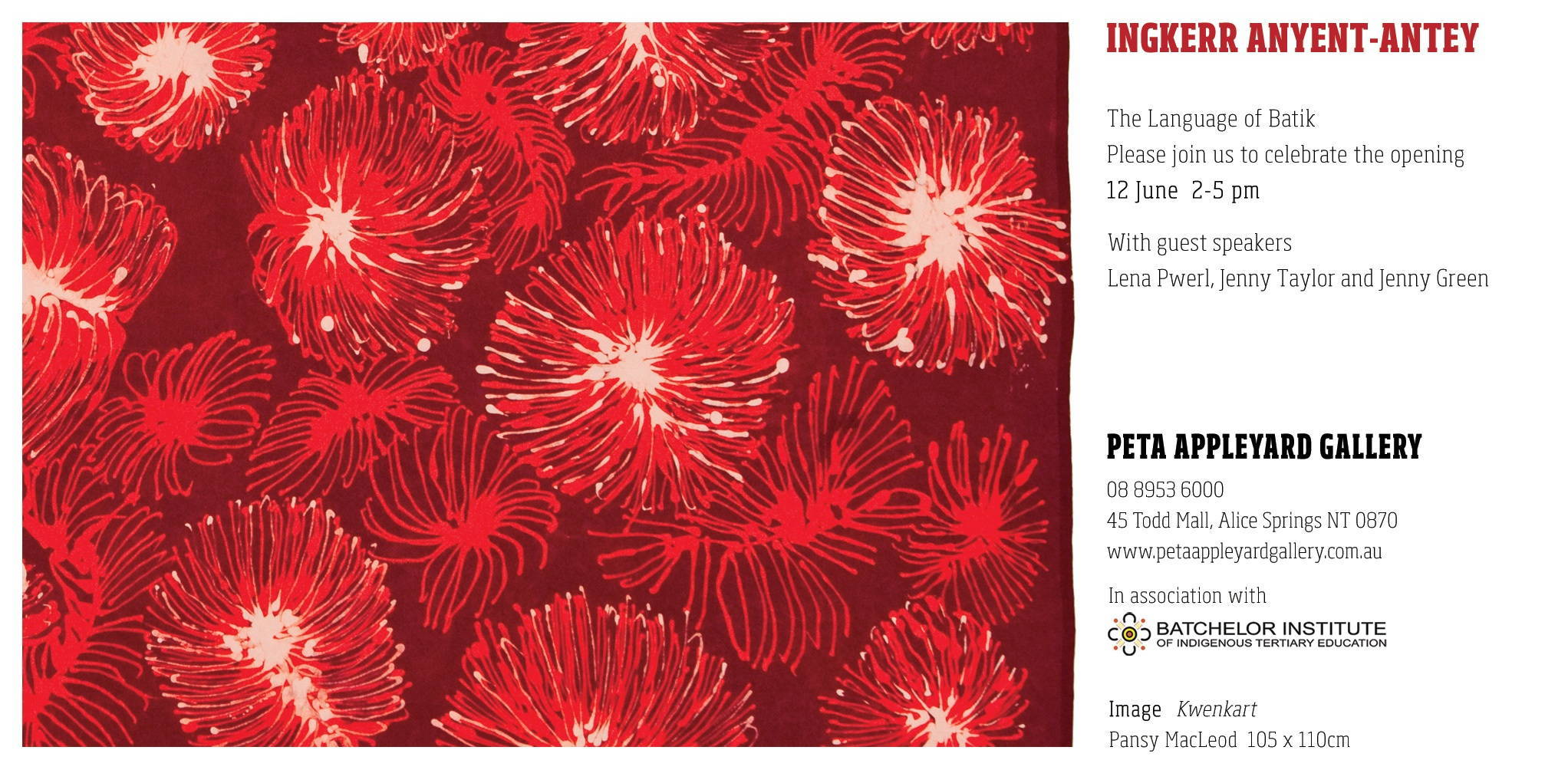As I reported in this recent blog post, at least one family in South Australia is still speaking the Dieri (Diyari) Aboriginal language. During our discussions last week I took down a genealogy for seven generations of the family, and noticed something interesting about the names given to children of each generation.
The first generation for which I have information were children born around 1880 (such as Frieda Merrick, born in 1885). Many Dieri at that time were associated with Killalpaninna mission run by German Lutheran missionaries. The English language names given to children of this generation have Biblical and Germanic sources, eg. Frieda, Gottlieb, Timotheus, Katerina, Selma, Alfred and Walter.
Children of the next generation, born around 1900, typically have ‘Anglo’ names that were also common among the non-Aboriginal population at the time, eg. Ben, Ernest, Shirley, Myra, George, Martha, Albert, Suzie. This practice continued for the next three generations, born in the 1920s to 1960s, who had names like Arthur, Rosa, Eileen, Nora, Robert, Joan, Jeffrey, Reg and Ian. By the 1970s other names (also used among the wider population) make an appearance, such as Donica, Trevan, Kyle, Liam, Kristen, Brenton and Michele.
A change seems to have happened in the last 10 years for children born around 2000 and later. The names given to them are all ‘unusual’ in not being ‘typically Anglo’ but rather based on African-American names, especially those of popular black singers and rap artists (with a number of girl’s names ending in -esha). Additionally, names of the current youngest generation are spelled in many unusual ways, with lots of unexpected consonant clusters, and even the use of punctuation in the case of De’Ron. The following are the names I collected:
| BillyLee | Damelia | De’Ron |
| Iesha | Jaima | Jaran |
| Jenola | Kaiha | Kanolan |
| Katasha | Kyrahn | Lailani |
| Lamiah | Latesha | Mikayla |
| Nikkiesha | Quandelia | Quanesha |
| Quintella | Ronice | Shareena |
| Shekogan | Shonesha | Sianne |
| Talesha | Trayton | Trevan |
| Tyrelle | Vaniah | Virion |
| Zander | Zysdonehia |
Colleagues living in New South Wales have noticed a similar phenomenon and reported the presence of highly distinctive and unusually spelled names among young Aboriginal children there too. There is clearly a distinctive naming system evolving for some Aboriginal groups, a system with its own dynamics though influenced by exposure to popular US black music culture.
 Follow
Follow